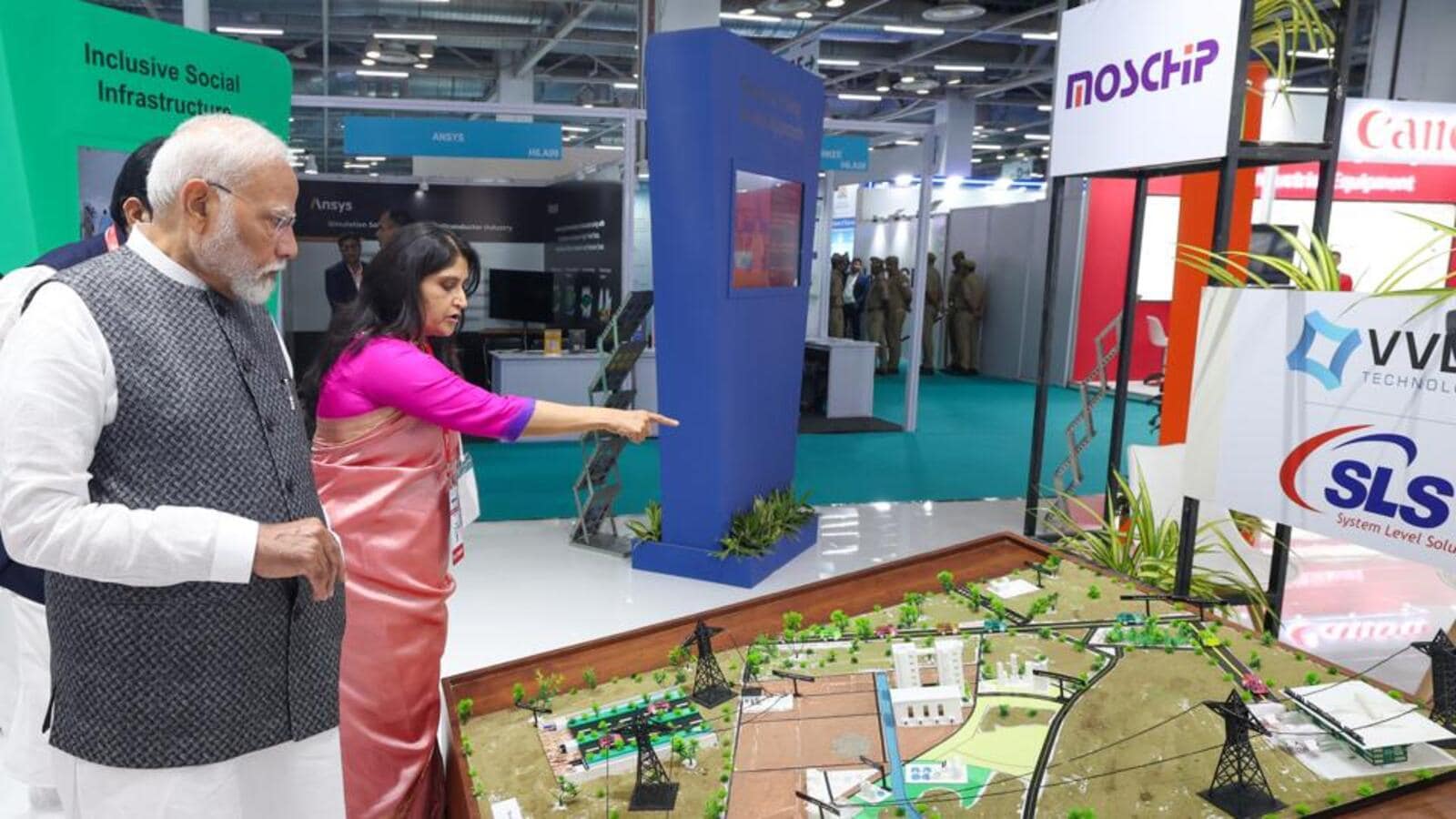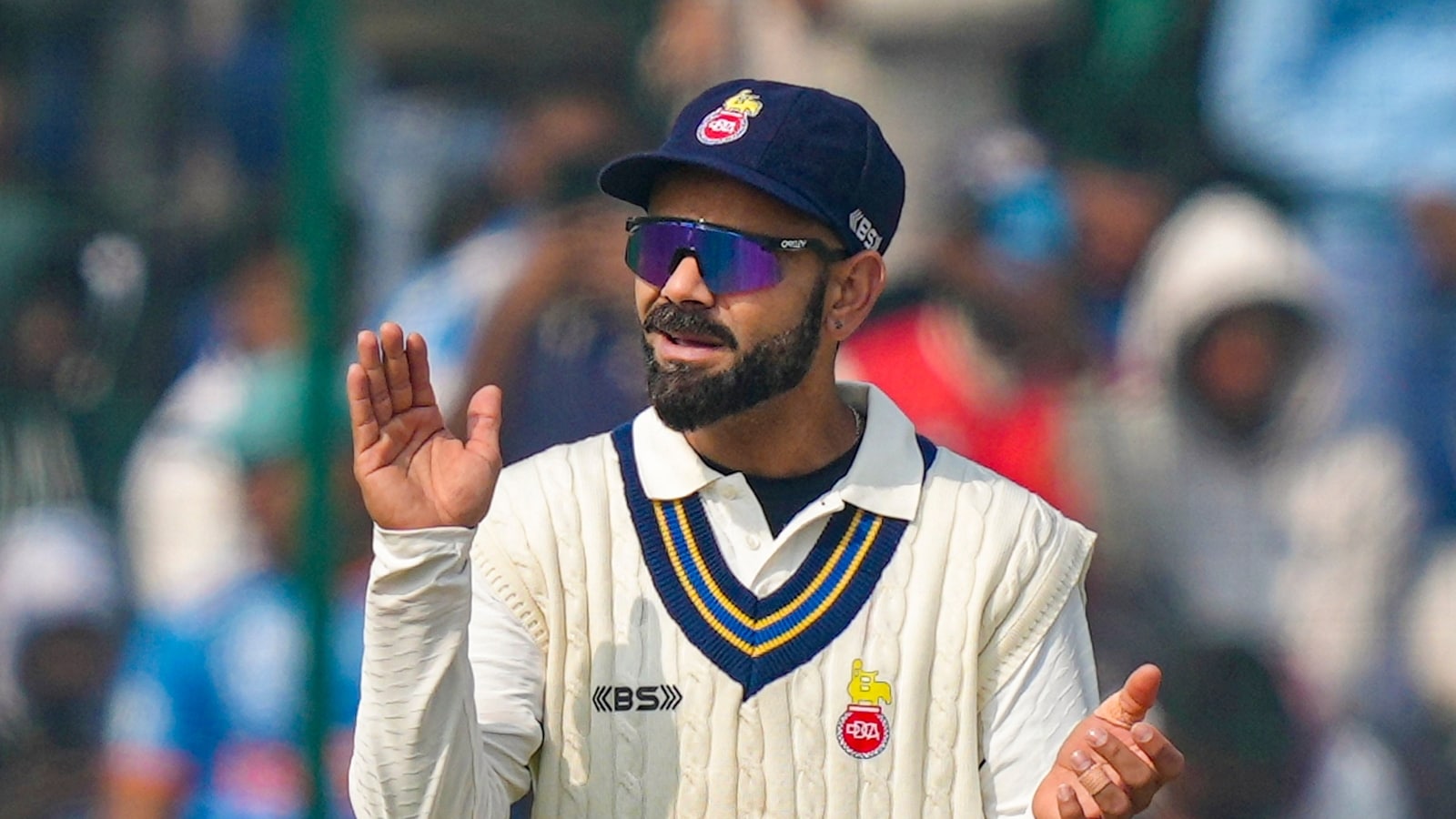The National Democratic Alliance (NDA) government has focussed on massive state-funded infrastructure projects, the economy’s main source of investments, to support growth and create jobs, and believes that this will prompt the private sector to catch up, an analysis of programmes announced during the first 100 days of the third term shows.

Since it took oath on June 9, 2024, the Union government has announced ₹15 lakh crore worth of investments in signature projects, research and technology, modernising defence, infrastructure augmentation — including roads, airports, railways, seaports — and affordable housing.
The administration has also rolled out an ambitious plan to make semiconductors, the building blocks of all modern devices. India’s second phase of chip-making initiative, Semicon 2.0, will be launched in three-four months, electronics minister Ashwini Vaishnaw said earlier this week. The first phase, rolled out in 2021, had an outlay of ₹76,000 crore. Enhanced digital infrastructure for the financial and agricultural sectors are also in the pipeline.
“The government is frontloading its investments, which will create a multiplier effect and in turn crowd in private investments,” an official said, referring to higher allocations at the beginning of a period than in later stages.
Asia’s third-largest economy is estimated to grow 7.2% during 2024-25, slower than the previous financial year’s 8.2%, but still at the fastest pace globally among major economies, according to latest projections of the Reserve Bank of India (RBI).
To be sure, the government’s biggest task is to ensure the country’s economic expansion creates enough employment opportunities in the world’s most-populous nation and spur muted consumption spending, which constitutes about 60% of India’s gross domestic product (GDP) .
“So far, three-fourth of infrastructure spending is borne by the government. There should be greater participation by the private sector. For whatever that is required to invest, the government is ready to build that ecosystem,” said financial services secretary M Nagaraju.
INFRA PROJECTS
During its first 100 days, the government approved projects worth ₹3 lakh crore for connectivity, such as road, rail and metro systems. On August 2, the Cabinet cleared eight national high-speed road corridor projects spanning 936 km, at a total cost of ₹50,655 crore.
In June, the government approved a ₹76,200 crore port at Vadhavan in Maharashtra, which will be one of the world’s biggest maritime projects. An “all-weather greenfield deep draft port” to handle large cargo and container ships which currently skip India, Vadhavan will have road and rail links across thousands of hectares.
The roads projects include a 68-km four-lane Ayodhya ring road worth ₹3,935 crore and a four-lane expressway connecting Kharagpur and Moregram in West Bengal costing ₹10,255 crore.
The government will also build a high-speed motorway between Agra and Gwalior ( ₹4,613 crore) and a six-lane expressway connecting Tharad, Deesa and Ahmedabad, with a length of 214 km, at a cost of ₹10,514 crore, among others.
INDUSTRY AND RESEARCH
To create more factories, allocations have also been made for 12 plug-and-play industrial parks worth ₹28,600 crore, which are expected to create four million jobs. The government has stressed research and development in its third term. One of the key highlights is the creation of the Anusandhan National Research Fund backed by a ₹1 lakh crore fund.
“The overall goal is to cut business costs and pull foreign manufacturers and investors looking to reshore (or shift bases out) from China. There is evidence that many global companies could benefit by relocating supply chains to India,” said Alok Mohan of the Indian Statistical Institute.
Apple Inc’s export of India-made or assembled iPhones, which have benefitted from the government’s production-linked incentive scheme, grabbed headlines when the Cupertino-based firm’s shipments touched $5 billion, up 54% in the first five months of FY25, its India vendors said in an update to the government last week.
The government has also announced a ₹1,000 crore venture capital fund for space-technology startups, which seeks to enable firms to build on India’s well-regarded public space sector.
DEFENCE AND AGRICULTURE
To bolster national security, the Defence Acquisition Council also approved procurements worth around ₹1.45 lakh crore. Among the approvals was the key Indian Army plan to induct 1,770 FRCVs — the platform will be a futuristic battle tank — to modernise the armoured corps at a cost of around ₹45,000 crore. The construction of seven more Project-17B stealth frigates at a cost of ₹75,000 crore was also cleared. The council also paved the way for the acquisition of 26 Rafale-M fighters for aircraft carrier INS Vikrant by clearing a deviation
Agriculture, still the country’s largest employer and dominated by small farmers, remains the Achilles’ heel, despite large subsidies and price support. The government is betting on digital technologies to plug the sector’s inefficiencies.
The Cabinet approved a digital decision-making support system to spruce up farming. An Agristack, which is a database of all landholding farmers, is already in place which will be linked to other platforms for quicker access to inputs and credit, Union information and broadcasting minister Ashwini Vaishnav said three weeks ago.
One of Prime Minister Narendra Modi’s first decisions was to approve the 17th instalment of the PM Kisan Nidhi funds amounting to ₹20,000 crore and benefitting 93 million farmers. The government also announced minimum support prices (MSP) for 14 kharif crops, amounting to approximately ₹2 lakh crore. Another ₹12,100 crore was sanctioned for the Polavaram Irrigation Project in Andhra Pradesh.
SOCIAL SECTOR
The government announced it had completed building 42.1 million houses under the Pradhan Mantri Awas Yojana (PMAY) and pledged an additional 30 million houses. Under PMAY-Urban 2.0, 10 million houses will be constructed in urban areas, supported by a government subsidy of ₹2.30 lakh crore. Under PMAY (Gramin), 20 million houses will be built at a cost of ₹2.05 lakh crore.
To enhance skills, a package worth ₹2 lakh crore aims to help 41 million young Indians and create vast employment opportunities.
LOOKING AHEAD
Some economists say India’s growth story is heavily led by investment demand, rather than being driven by consumption. While investments are vital, consumers aren’t spending much, which is critical to support demand, they argue.
Tepid consumer spending points to a lack of sufficient jobs and lower real or inflation-adjusted wages, which in turn could be responsible for muted private investment.
In 2023-24, despite an impressive 8.2% GDP growth, private final consumption expenditure (PFCE), a measure of consumer spending, rose 4%, slower than 6.8% in the previous year.
In the first quarter of FY25, PFCE showed an uptick, growing to a seven-quarter high of 7.4%.
“While India’s GDP growth remains strong, the divergence in PFCE growth signals underlying challenges. Addressing these will be crucial for sustaining economic momentum, particularly through targeted policies to stimulate both rural and urban demand,” said Mansi Wahi, an economist with the Punjab National Bank.
The country’s growth has been capital intensive, which is not ideal if it is not accompanied by jobs and complemented by private investments, India’s chief economic adviser V Anantha Nageswaran wrote in the Economic Survey 2024.
“Privileging capital over labour is inimical to long-term corporate growth prospects. Businesses have an obligation to themselves to strike the right balance between deployment of capital and deployment of labour,” the survey stated.
Growth always comes with a lag and investment is necessary for it, while at the same time the government needs to impart adequate skills to the young workforce so that skills match jobs, said NR Bhanumurthy, the director of Madras School of Economics.






